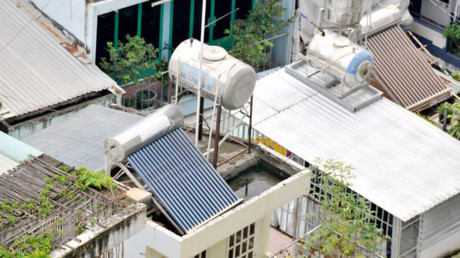
Hydraulic and thermal power the two major types of energy which provides Vietnam with 75-80 percent of electricity needs. It is expected that the volume of coal to be consumed by thermal power plants would reach 63 million tons by 2020 and 95 million tons by 2025. The figure would be 129 million tons by 2030.
The increasingly high demand for coal has turned Vietnam from a big coal exporter into an importer. According to Vinacomin, in the first four months of 2017, Vietnam imported 4.6 million tons of coal to feed thermal power plants.
Meanwhile, scientists point out that thermal power must not be a priority for Vietnam because of its adverse impacts on the environment and human health.
Experts from the Sustainable Energy Alliance of Vietnam estimate that the economic losses from climate change caused by thermal power may reach $9 billion, while the loss from acid rain roughly $730 million, and health costs due to the impact of SO2 dust and NOx $630 million.
The development of hydraulic power on a large scale in the last few years has brought serious consequences. Deforestation has caused floods, while uncontrolled water discharge has placed people in lowlands in constant anxiety and the current diversion has led to a series of water disputes.
Meanwhile, due to climate change, hydropower plants have seen adverse effects: the rainfall and flow capacity decreases have led to a reduction of electricity output by 25–30 percent.
Therefore, scientists have repeatedly urged the government to change the nation’s energy structure by gradually increasing the proportion of renewable energy and reducing traditional energy sources to ensure energy security.
They pointed out that thermal and hydraulic power is not a cheap energy source, if considering the long-term damages to forests, land, air and human health.
A research work by GreenID found that after the subsidy mechanism for fossil fuel ended, i.e. electricity generators could not buy coal at preferential prices anymore, the electricity production cost increased.
The prices at Mao Khe and Cam Pha plants, for example, have increased from 3.7-4.2 cent per kwh to 5.5-6.5. meanwhile, Long Phu 1 and Song Hau 2, which have to import coal, reported the production cost at $8.38 cent per kwh.
RELATED NEWS
The multi-billion USD race to develop solar energy
Investors becoming more interested in solar power